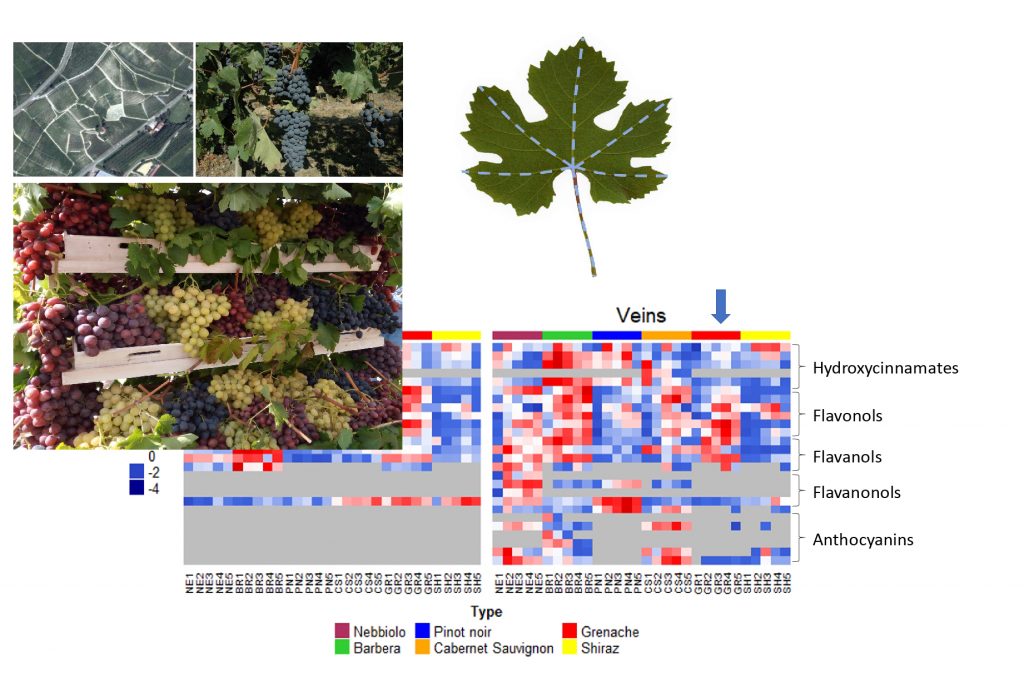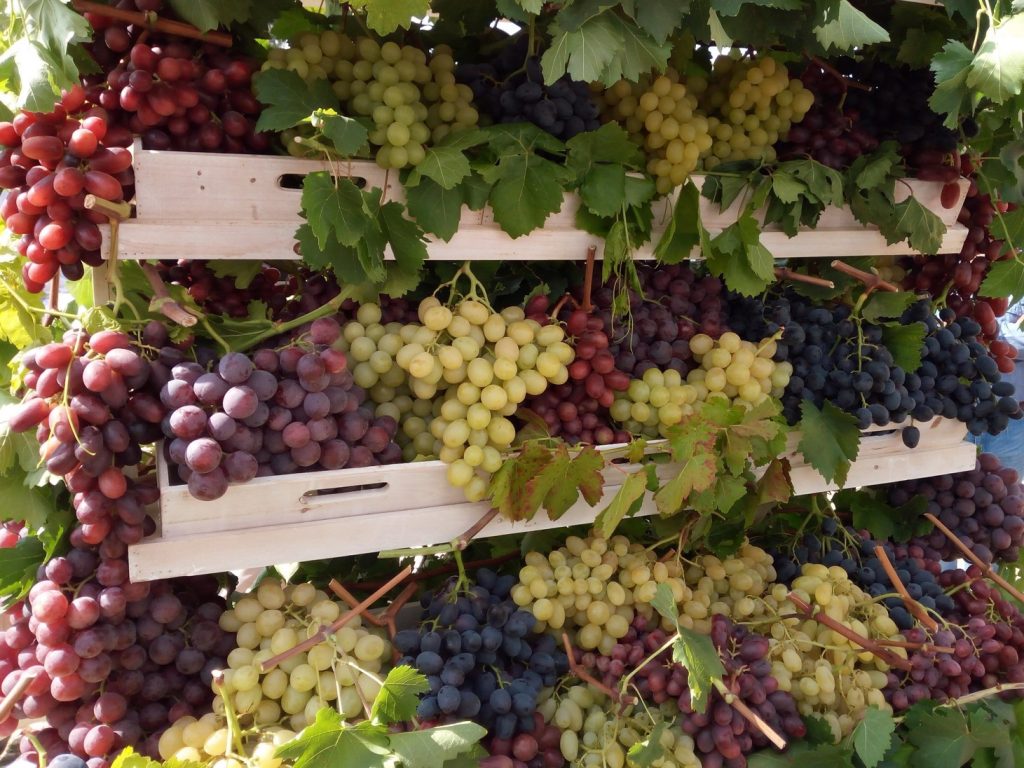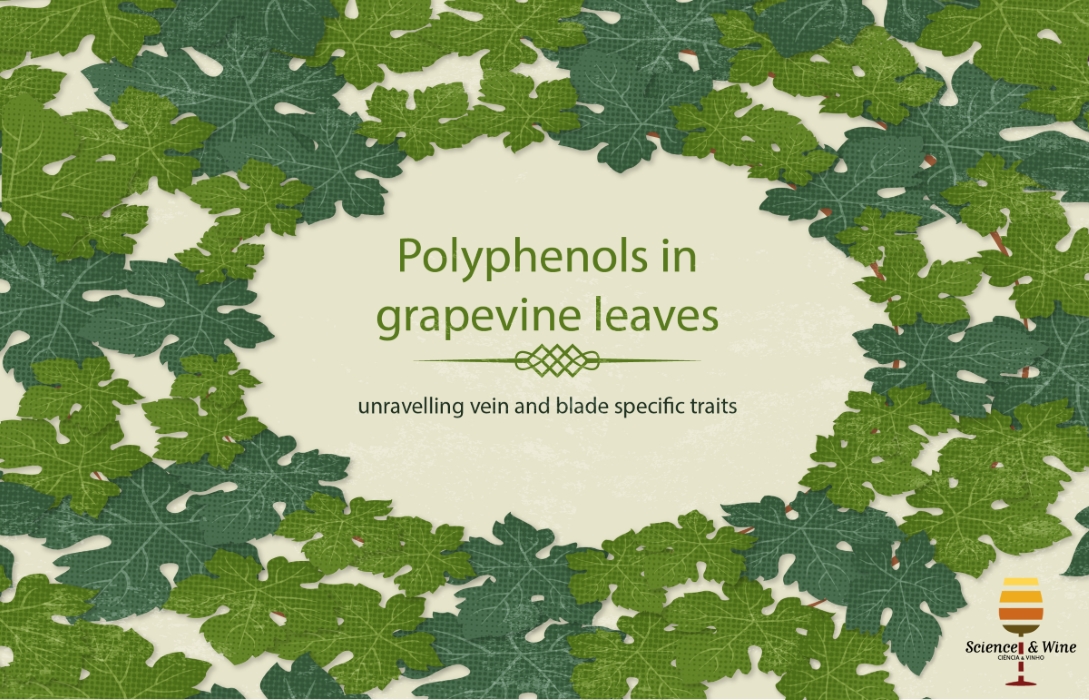By A Ferrandino, O. Kedrina-Okutan, V. Novello
The genus Vitis comprises thousands of genotypes. Vitis vinifera (L.) represents one of the most widely cultivated plant species worldwide, table and wine grape cultivation playing pivotal roles in the economy of many countries, including old-tradition areas for wine grape cultivation (mainly countries around the Mediterranean basin), countries where cultivation has rapidly increased and new emerging regions. The environmental impact of viticulture is high due to a number of reasons: i) repetitive monoculture in traditional cultivation areas; ii) hilly cultivation conditions that imply soil erosion; iii) accumulation of copper in soils due to largely used copper-based fungicides.
However, the most striking impact of viticulture in the environment is the vast use of fungicides, to limit downy and powdery mildews, rots, all very dangerous and economically detrimental grapevine pathogens diffused in many world and European cultivation areas. According to the last published European Statistics on Plant Protection Products (PPP; European Commission Eurostat Data 1992-2003) 83% of total PPP was represented by fungicides and grapevine cultivation alone used 75% of fungicides sold in Europe (at that time represented by 25 Countries). The necessity to investigate and propose solutions to limit a further widespread in the use of these products is evident. Possible solutions include different alternatives, spreading from mechanical approaches, through the optimization of PPP distribution in the vineyard, to genetics, by searching and implanting low-susceptibility or resistant varieties, where allowed, and to agronomy. This last point requires a deep knowledge of the plant behavior, involving disciplines such as plant physiology and biochemistry. Considering that many grapevine pathogens, both those with leaf localization and those that localize in other organs, induce symptoms in leaves, we have recently investigated the polyphenolic accumulation and profile of constitutive polyphenols of leaf veins and blades in healthy plants of Vitis species and of Vitis vinifera varieties (Kedrina-Okutan et al., 2018). The importance of grapevine polyphenols is well known and detailed in berries; however, plant polyphenols play many different and important biological roles, taking part into the plant-defense mechanisms through molecular communication with pathogens, signals for the establishment of the infection, the activation of plant disease-resistance genes, the formation of elicitors, the activation of elicitor receptors and, finally gene regulation. Moreover, in the case of grapevine, vegetative organs, including leaves, are used in traditional plant-based medicine and as fresh food. Recent studies demonstrated that grapevine leaves have beneficial effect on human health due to their antioxidant properties, with anti-inflammatory, antibacterial, anticancerogenic and antiviral roles.

Studying the polyphenolic composition of some Vitis vinifera genotypes in veins and blades separately, we found different compositional traits and changes during the season. In healthy grapevine blades, regardless the cultivar, anthocyanins, dihydromyricetin-rhamnoside, hexosides of dihydroquercetin and dihydrokaempferol were absent as they exclusively accumulated in veins. Vein anthocyanin profile was generally characterized by the prevalence of acyl-derivatives, particularly in Sangiovese (Caramanico et al., 2017), and in Cabernet Sauvignon whereas, in line with what happens in berries, Pinot noir did not accumulate acylated-anthocyanins, at all. Barbera leaves displayed the highest complexity, accumulating seven different types of anthocyanins, Pinot noir and Grenache, the lowest (one or two types of molecules). Flavonol concentrations and profiles were cultivar-related, as well. They accumulated both in blades and in veins with Barbera and Grenache blades displaying the highest concentration, Nebbiolo the lowest.
Astilbin (dihydroquercetin-rhamnoside) was the exclusive flavanonol detected in blades and the prevalent one in veins. Specific traits were found in Nebbiolo leaves that showed the highest concentrations of flavanonols and the widest profile differentiation respect to other biotypes. Nebbiolo, Pinot noir and Cabernet Sauvignon displayed high concentration of the flavan-3-ol, epigallocatechin gallate in veins, particularly early in the season. Epigallocatechin gallate is the only flavan-3-ols listed by the Italian Health Ministry among “Other nutrients and molecules with nutritional and physiological effects”, thanks to its high antioxidant capacity, conferring anticarcinogenic, cardio and neuroprotective properties. Among non-flavonoid polyphenols, grapevine leaf extracts presented important concentration of hydroxycinnamic acids both in blades and in veins. Their profile did not differ respect to that of berries, except in Cabernet Sauvignon veins and blades where a caffeoyl hexoside was identified. Among the studied varieties, Barbera leaves showed the highest concentrations, particularly in blades.

Knowledge derived from the experimentation we have undertaken opens new and interesting fields of inquiry on several aspects. One is represented by the possible relation occurring between leaf flavonol accumulation and Vitis vinifera varieties response to water stress conditions, being known that flavonols are dampers of the reactive-oxygen species accumulation, mediated by abscisic acid (the hormone that regulates stomata opening) (Watkins et al., 2017). This, together with the higher concentration of flavonols in specific genotypes, could contribute to explain the cultivar-related stomata opening mechanism. Another field of investigation relies on the fact that innate lower or higher levels of susceptibility to pathogens could be related to the accumulation of higher or lower amounts of polyphenols, being demonstrated that constitutive higher amounts of flavonols can hinder the development of Plasmopara viticola (Latouche et al., 2013). The individuation of specific molecules that, being constitutively higher in specific genotypes could be an element of protection against reactive oxygen species induced by stressors, including those of biotic origin, would be of great help to contribute to the understanding of Vitis genotypes specific tolerance to or avoidance of damages induced by pathogens.
One of the most important and applicative consequence that can derive from this kind of knowledge relies on the future possibility of driving the accumulation of specific molecules, once demonstrated that also in ‘in field’ conditions they can contribute to limit the pathogen development. Or, to understand, through an in-depth study of grapevine leaf polyphenols if alternative cultivation management, such as the organic management of the vineyard, could provide specific polyphenolic accumulation and profiles, able to help the plant innate response to pathogens. Moreover, it represents a starting point for future deepening about grapevine and vineyard by-products as a source of bioactive phenolic compounds to be destined to numerous uses.
Those interested in a longer length report can download the working paper at:
https://pubs.acs.org/doi/abs/10.1021/acs.jafc.8b03418

Alessandra FERRANDINO, PhD (orcid/org0000-0002-1567-5874) is Researcher at the Department of Agriculture, Forest and Food Sciences (DISAFA) of Turin University.
She teaches ‘Secondary metabolites in grapevine’ and ‘Viticulture’ at Master Degrees of Turin University (MD in Viticulture and Enology Sciences and MD in Agricultural Sciences of DISAFA). Her research is focused on the impacts of abiotic (water stress) and biotic (Flavescence dorée, Plasmopara viticola) stress on grapevine secondary metabolite accumulation in fruits and in vegetative organs, contributing to understand how to drive berry quality and how to exploit innate phenomena of resilience to biotic stress. She has experience in grapevine polyphenol and volatile assessment through traditional and innovative techniques of analysis. She is reviewer of many International Journals. She has developed national and International scientific collaborations.

OLGA KEDRINA-OKUTAN
PhD candidate in Agricultural, Forestry and Food Sciences at University of Turin (Italy).
– graduated in Food Engineering and Product Development, Master from Tallinn University of Technology (Estonia).
– during 2017 took part in collaboration research activity in department of Biotechnology of Natural Products and Fruit Science at Technical University of Munich (Germany).
– experienced in polyphenol profiles composition analysis in plant based materials, using advanced chromatography techniques such as HPLC-DAD-UV and HPLS-ESI-MS/MS.
– Doctorate research project focused on investigation of constitutive polyphenolic compounds in various Vitis species to give a new insight about natural bioactive compounds and accumulation trends in grapevine leaves.

Novello Vittorino – UNITO-DISAFA
– Full professor at Department of Agriculture, Forest and Food Sciences (DISAFA) of University of Turin.
– President of the Master of Viticulture and Enology Sciences, network among the Universities of Turin, Milan, Foggia, Palermo and Sassari, partner of the European Consortium EMaVE (European Master of Viticulture and Enology)
– Component of the Italian Delegation at OIV (International Organization of Vine and Wine). President of OIV Viticulture Commission and component of the Scientific and Technical Committee of OIV.
– Associated Editor of the open-access journal OENO-one, and referee of many international scientific journals.
References:
- Caramanico, L.; Rustioni, L.; De Lorenzis, G. Iron deficiency stimulates anthocyanin accumulation in grapevine apical leaves. Plant Physiol. Biochem. 2017, 119, 286–293.
- Kedrina-Okutan, O.; Novello, V.; Hoffmann,T.; Hadersdorfer, J.; Occhipinti, A.; Schwab, W.; Ferrandino, A. Constitutive polyphenols in blades and veins of grapevine (Vitis vinifera L.) healthy leaves. J. Agric. Food Chem. 2018, 66, 10977−10990.
- Latouche, G.; Bellow, S.; Poutaraud, A.; Meyer, S.; Cerovic, Z.G. Influence of constitutive phenolic compounds on the response of grapevine (Vitis vinifera L.) leaves to infection by Plasmopara viticola. Planta 2013, 237 (1), 351−361.
- Watkins, J.; Chapman, J. M.; Muday, G. K. Abscisic acid induced reactive oxygen species are modulated by flavonols to control stomata aperture. Plant Physiol. 2017, 175 (4), 1807−1825.
- European Commission Eurostat Data 1992-2003. The use of plant protection products in the European Union. Ed. Pierre Nadin.

